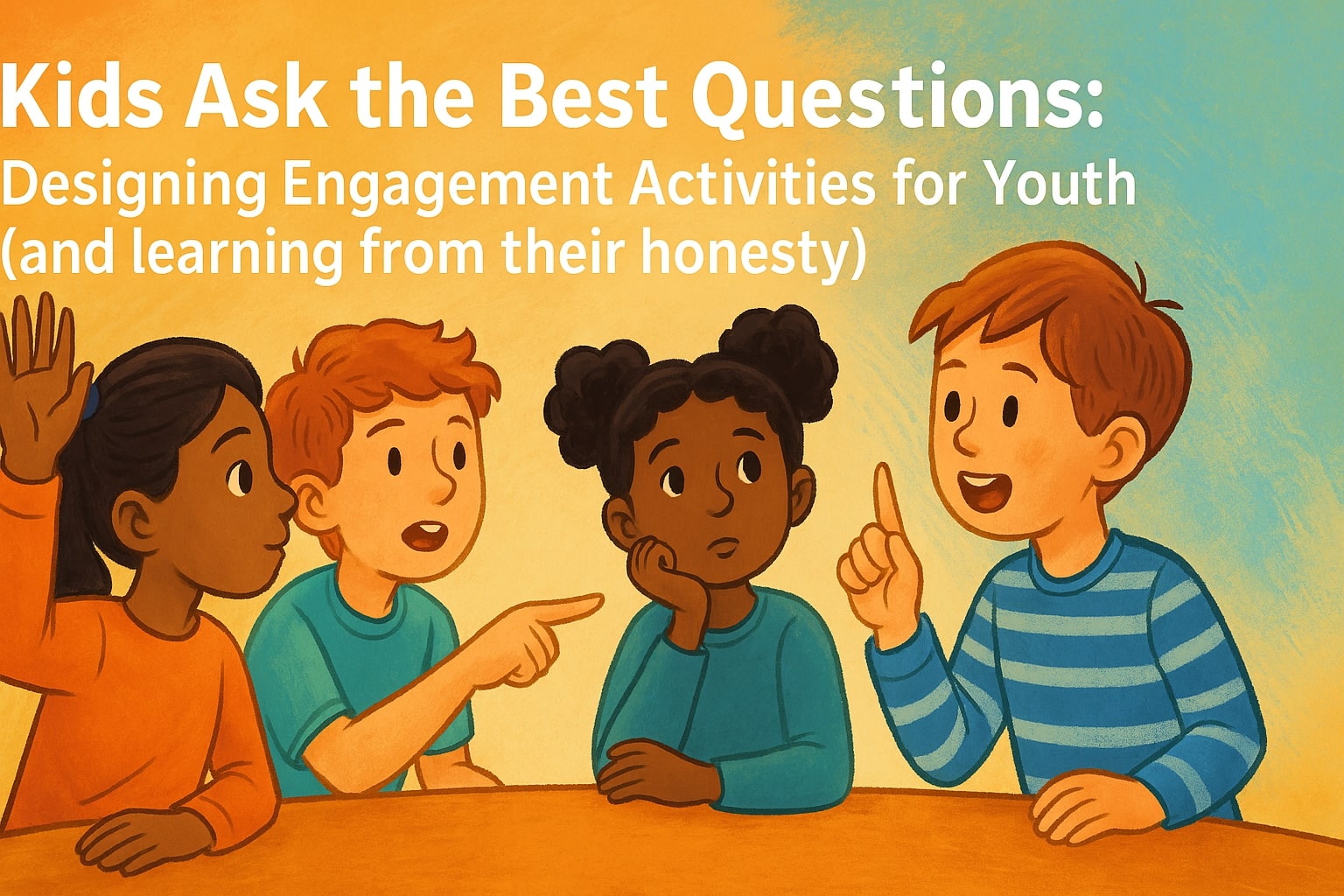Children have an uncanny knack for asking the questions adults never think to voice. When it comes to community engagement, their curiosity, honesty, and creativity can reveal new perspectives and priorities that might otherwise be missed. Designing activities that genuinely involve young people is not just a box ticking exercise, it is a vital step towards building communities that work for everyone, no matter their age.
One of the most exciting trends in youth engagement is the use of interactive tools that speak the language of young people. The Minecraft Engagement Project by Homes NSW is a standout example. By inviting over 200 students from Red Hill Public School to explore and redesign their neighbourhood in a digital Minecraft world, planners created an environment where children could freely express their ideas about city planning, shared spaces, and community facilities. This immersive approach did more than gather feedback, it sparked genuine enthusiasm and conversation among students and their families, making planning feel relevant and fun.
Other creative methods, like LEGO city planning workshops and augmented reality scavenger hunts, have also proven effective. These hands-on activities allow children to map out their ideas, identify risks, and imagine improvements in ways that feel natural to them. When young people build models or navigate virtual spaces, they are not just playing, they are engaging in serious problem solving and visioning for their communities. These approaches can also be adapted for different age groups and settings, ensuring inclusivity and accessibility.
However, it is not enough to simply invite young people to participate. Too often, youth engagement falls into the “kids’ table” trap, where children’s input is collected but not truly considered in decision making. Authentic engagement means giving young people real influence, not just a symbolic seat at the table. This requires transparency about how their feedback will be used, ongoing communication, and visible evidence that their ideas are shaping outcomes. When youth see their contributions reflected in final plans, it builds trust and encourages ongoing participation.
The insights that young people bring to the table are often refreshingly honest and uniquely valuable. Children are quick to point out issues adults overlook, such as the need for safer crossings, more inclusive play spaces, or better access for people with disabilities. Their focus on play, safety, and accessibility can highlight gaps in planning that might otherwise go unnoticed. Listening to these perspectives helps create environments where everyone feels welcome and supported.
To design successful youth engagement activities, it is essential to make participation accessible, relevant, and enjoyable. This means using age appropriate language, offering a variety of ways to contribute, and creating safe, welcoming spaces for all children. It also means being honest about what can change and providing feedback loops so young people know their voices matter. Building strong partnerships with schools, youth organisations, and families can further support meaningful engagement and ensure diverse perspectives are heard.
Involving young people in community engagement is not just about ticking the “youth input” box, it is about learning from their honesty, creativity, and vision. When we give children the tools to shape their communities and genuinely listen to what they have to say, we create places that are safer, more inclusive, and more vibrant for everyone. Kids really do ask the best questions, and sometimes, they have the best answers too.
